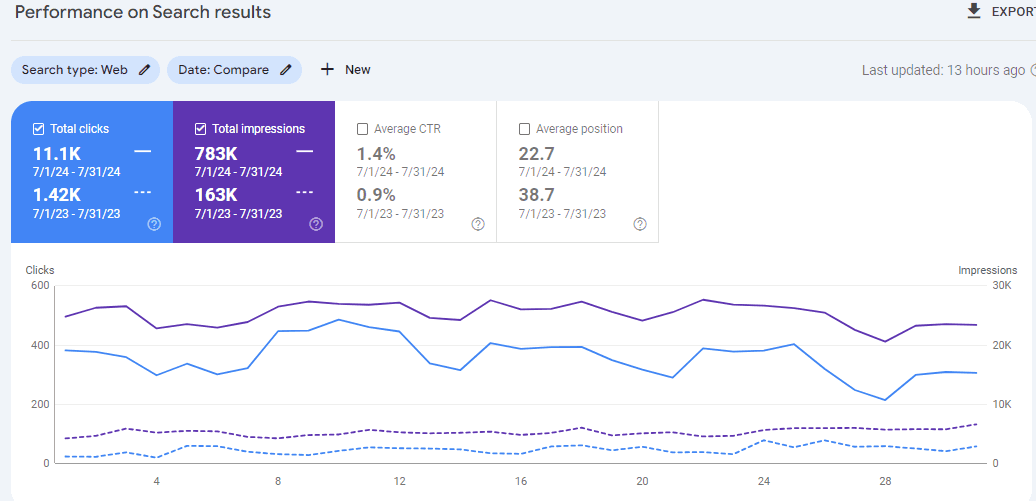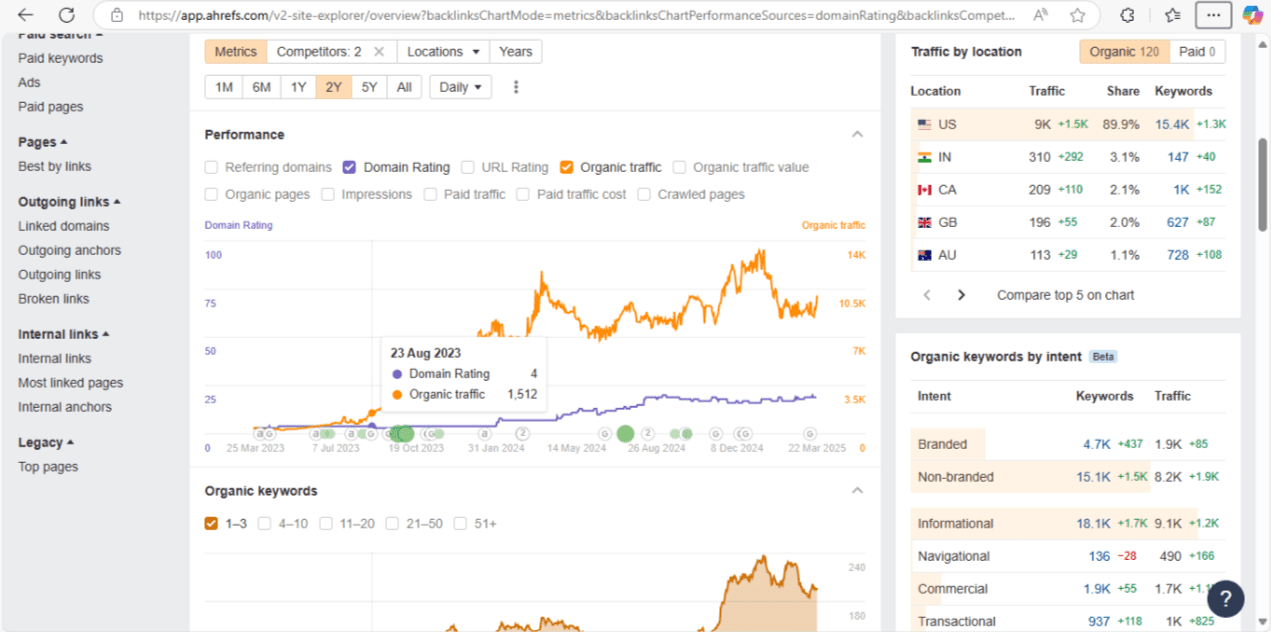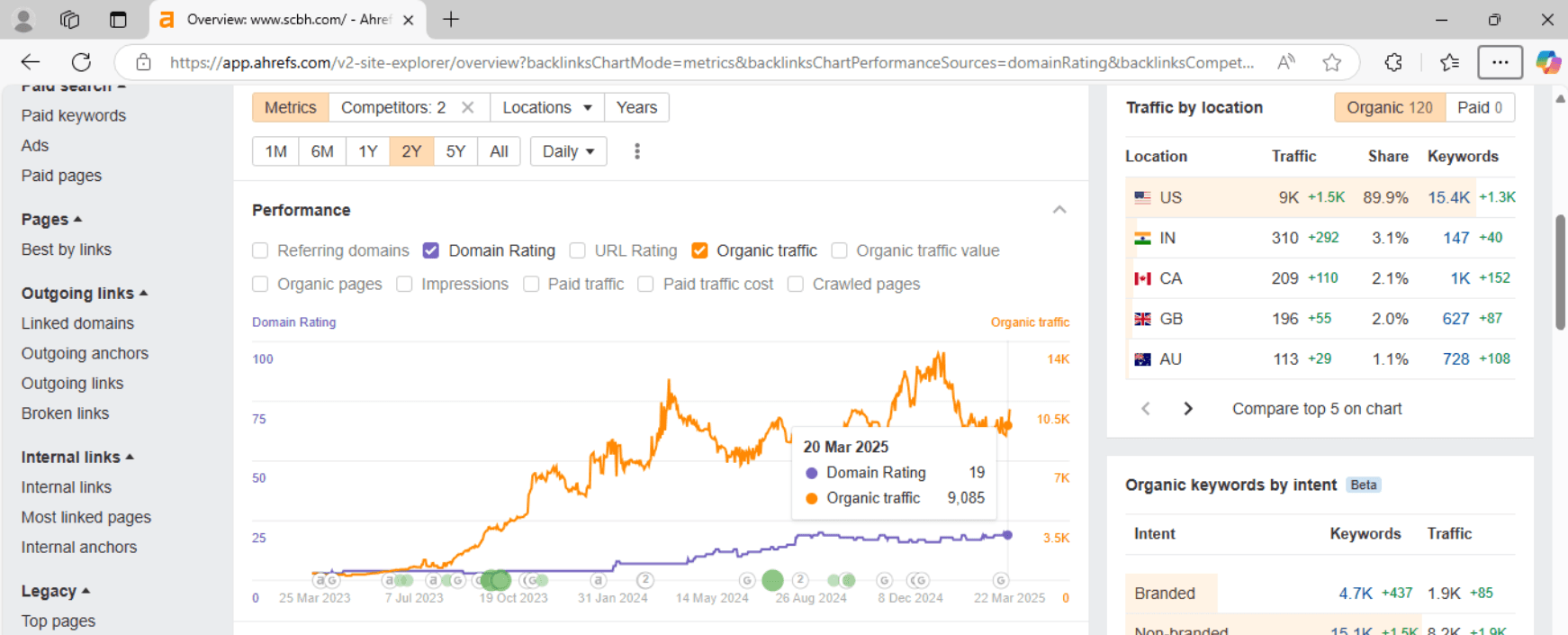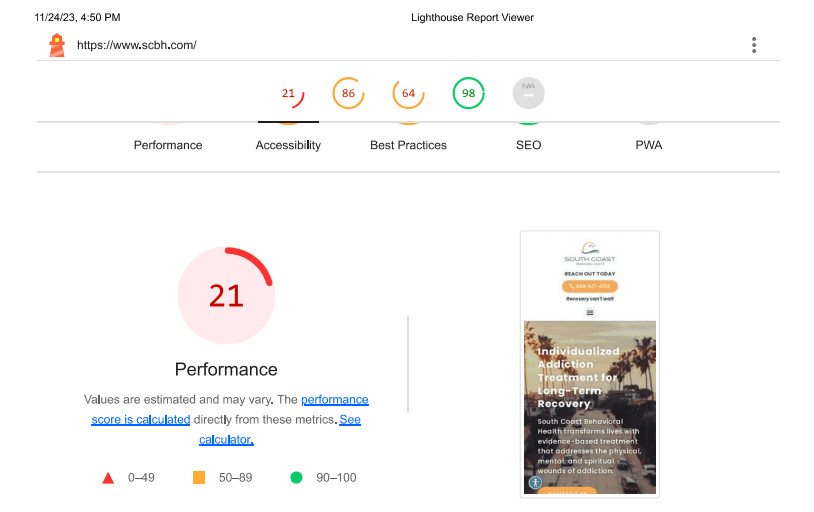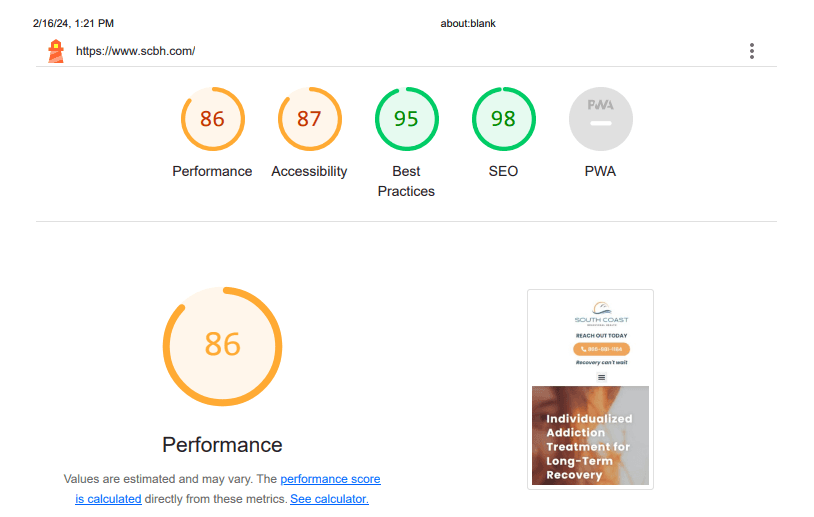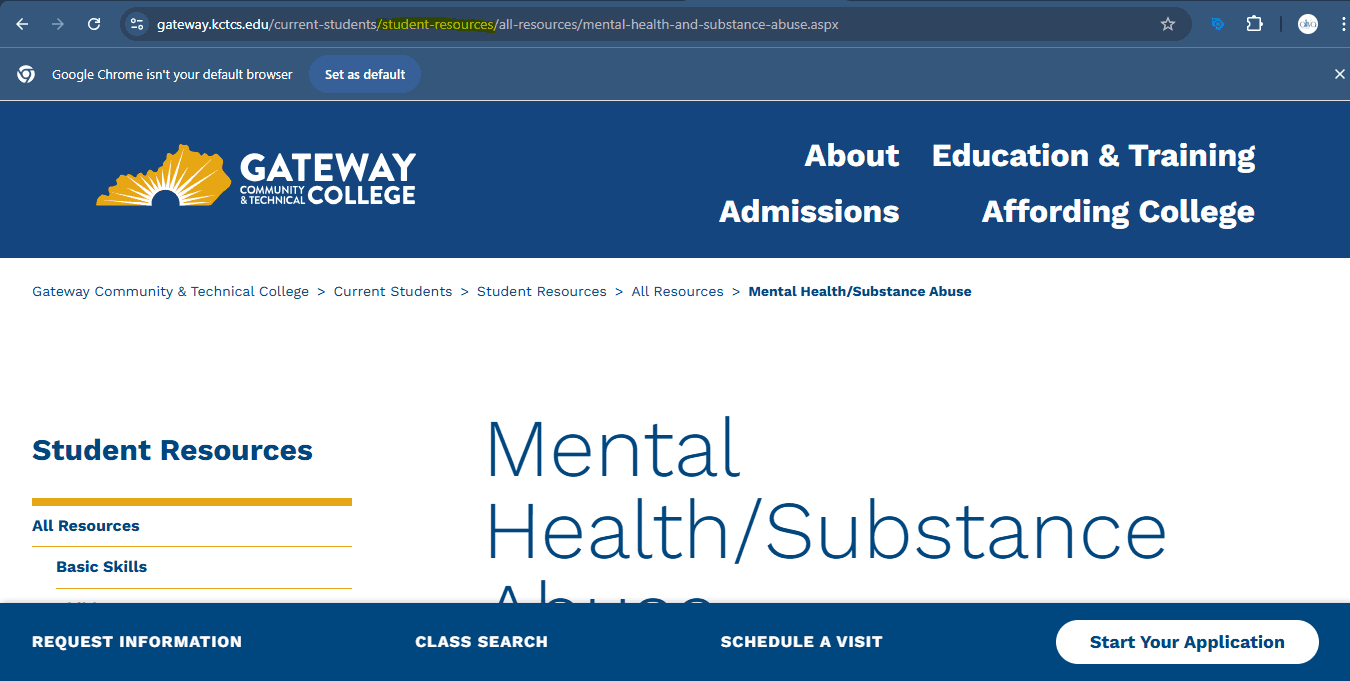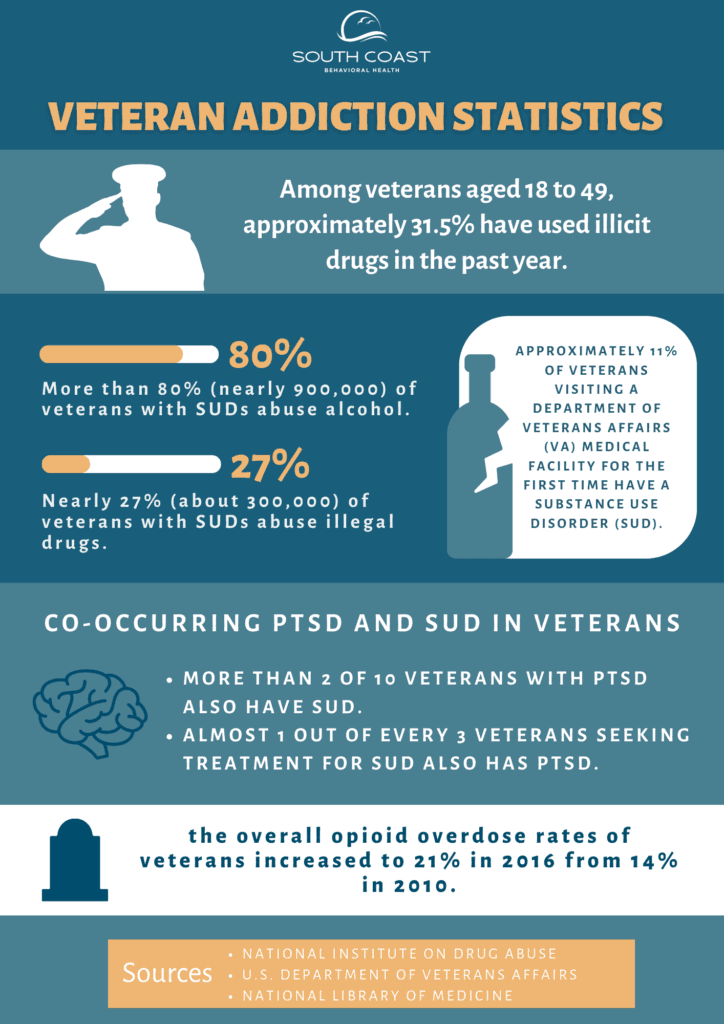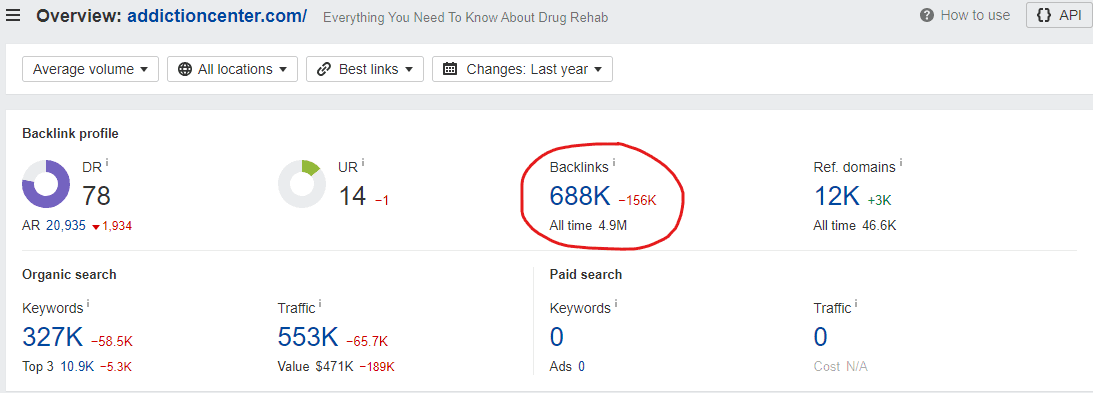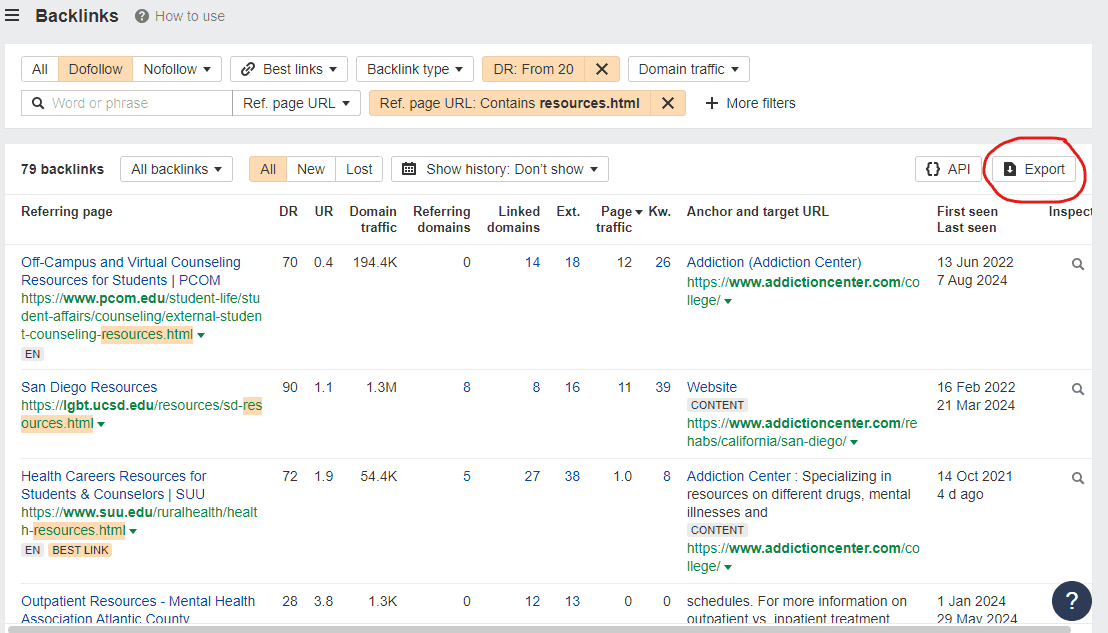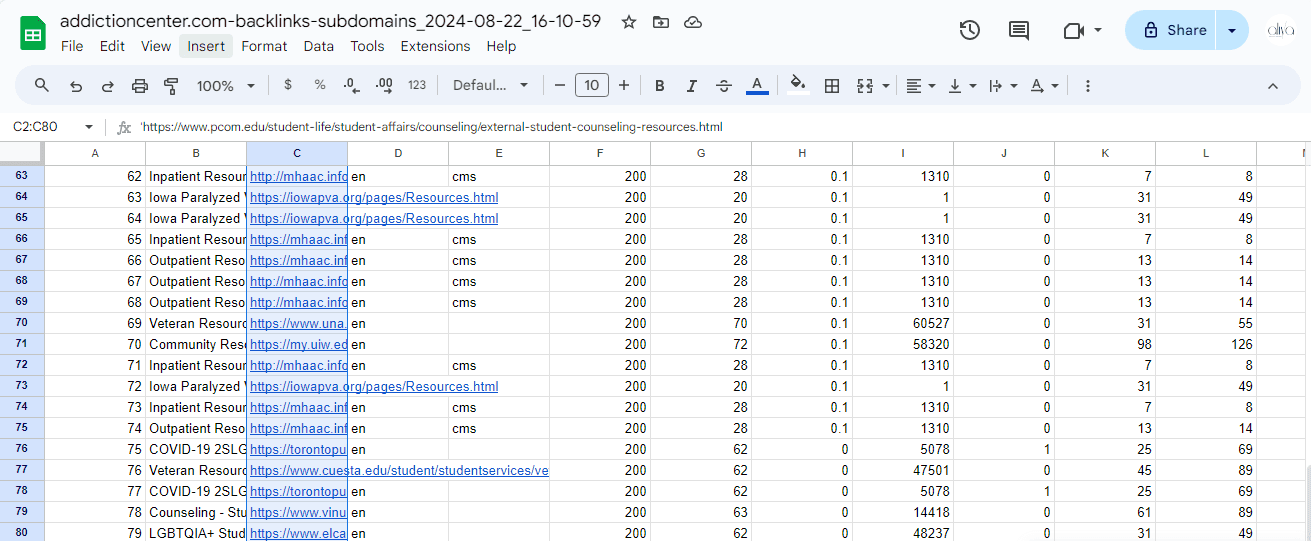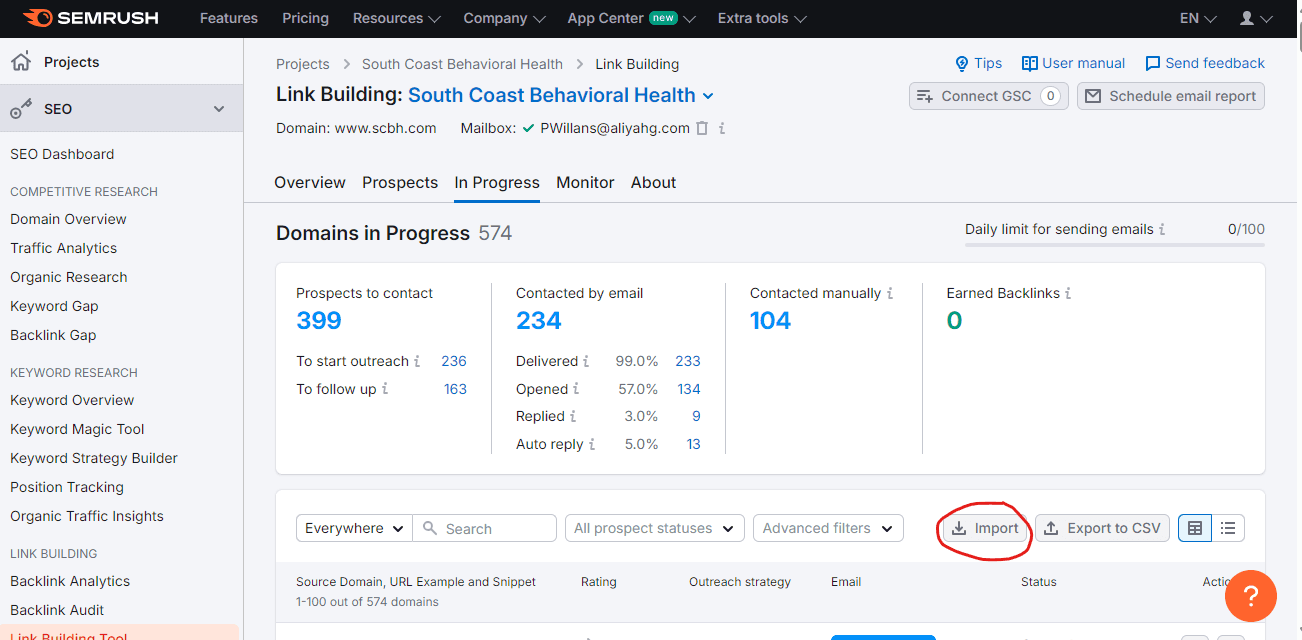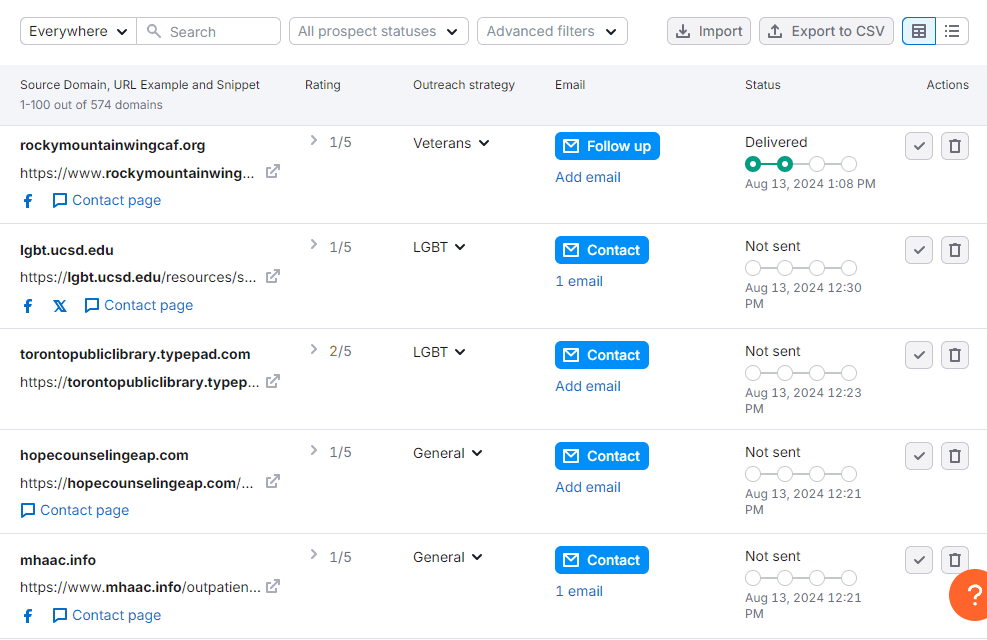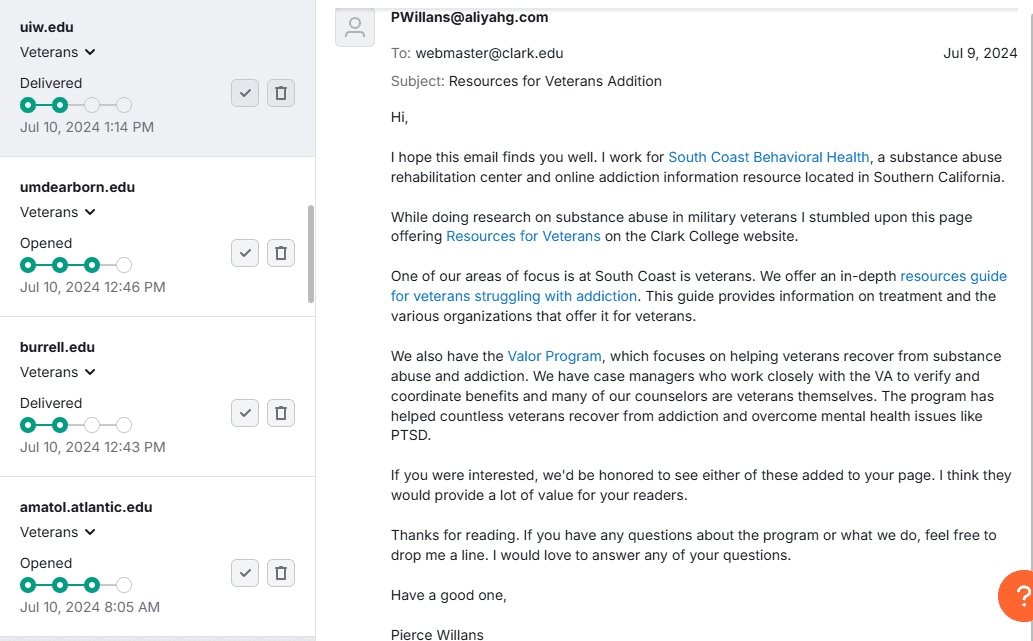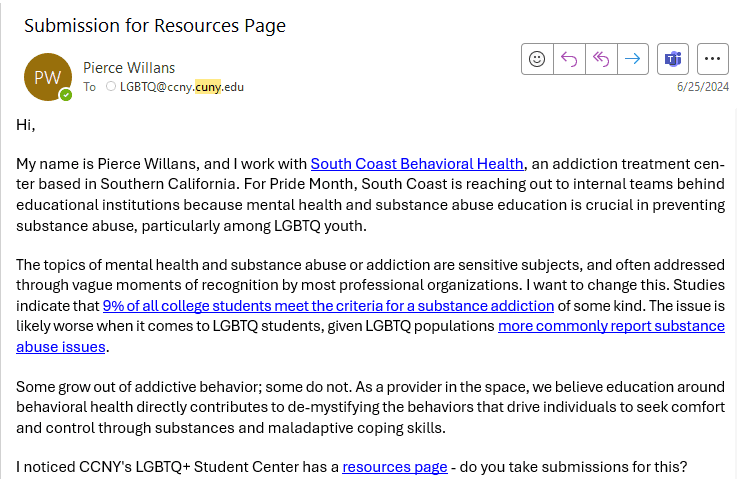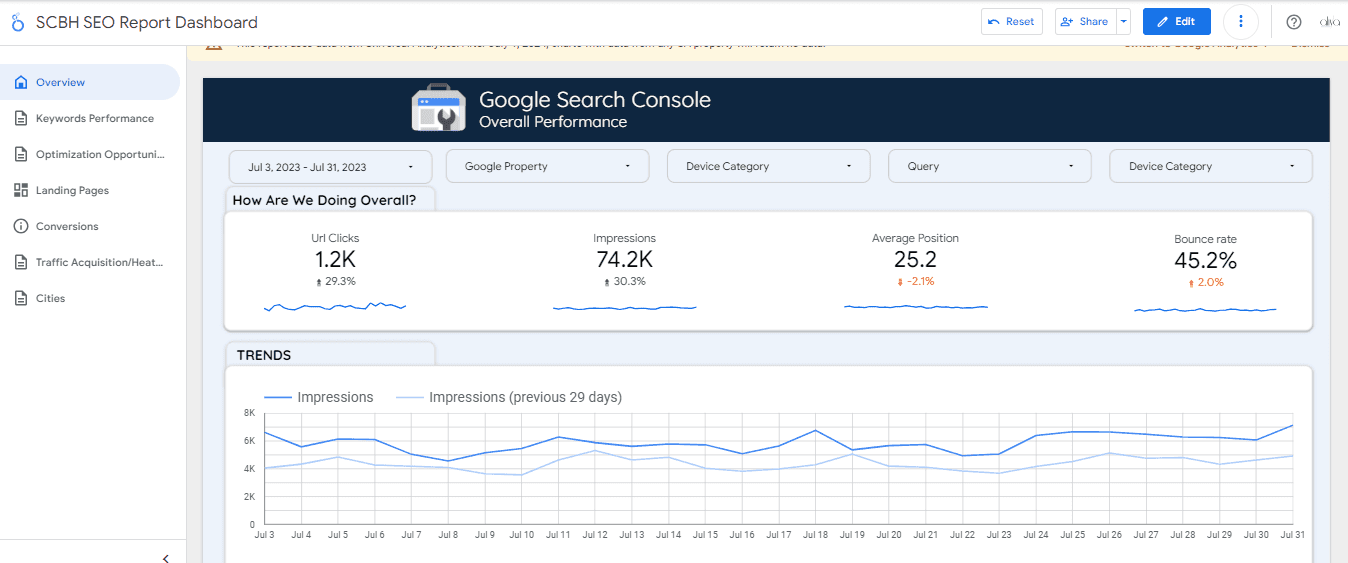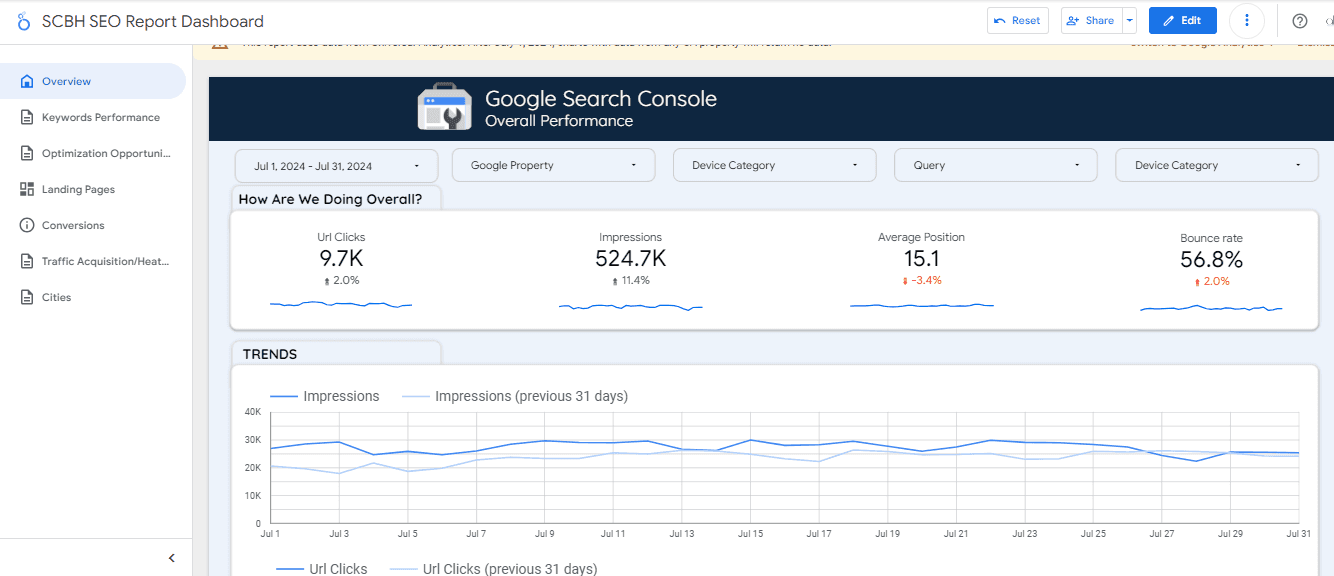The Problem: How Do You Boost Site Traffic?
It's an age-old question. It would be nice if it were as simple as "offer a great service," but if that were the case, SEO strategists like me wouldn't be necessary. Google is constantly changing its algorithm and it's up to people like me to figure out what it wants in order to grow site traffic (and, ultimately, revenue).
This is the issue I dealt with for one of my employers, a substance abuse treatment company. When I began working for them in the Summer of 2023, one of their properties was averaging 1,400 clicks per month.
I was charged with getting that on par with the other properties, which generally averaged between 5,000 and 15,000; after I finished with it, it was averaging between 9,000 and 11,000 clicks per month.
This is the story of how I achieved this remarkable nearly ten-fold increase in traffic.
A Necessary Step: Boosting Domain Authority
To increase traffic, I knew the site needed to rank higher on Google. How likely a site is to rank highly on Google is contained in the idea of Domain Authority, or Domain Ranking. It’s a score, on a scale from 1 to 100, that denotes the level of authority Google accords a site — the higher the score, the more authority there is in Google’s eyes.
A Domain Authority (DA) score is influenced by various factors, such as the age of the site, how many other high-DA sites are linking to it, content quality/helpfulness, site health (page loading speed, mobile-friendliness, etc.), and other factors.
When I began this project, scbh.com’s site DA (per ahrefs) stood at 4 out of 100. Monthly traffic was roughly 1,000 clicks per month.
Within half a year’s time, that score had quadrupled to 20 (currently fluctuating between 18 and 20) and monthly clicks had skyrocketed to almost 10,000.
Within half a year’s time, that score had quadrupled to 20 (currently fluctuating between 18 and 20) and monthly clicks had skyrocketed to almost 10,000.
How Did I Do This?
To achieve this turnaround, I came up with a three-step plan:
Technical SEO Overhaul: I first needed to know what I was working with in terms of the health of the site, so I performed a series of site audits using tools such as SEMRush, ahrefs, and Lighthouse. I then went about the process of improving the important metrics, like mobile-friendliness, loading speed, etc.
Content Strategy: Having genuinely useful and interesting content is not only prioritized by Google itself, but also can lead to backlinks from other sites that find the content helpful, which leads me to Step 3.
Link-Building: When your site isn’t getting the amount of clicks you want, content will certainly help, but it can take time for that to bear fruit. Purposefully building awareness can accelerate the process, which is what link-building is all about. This is a conscious strategy that involves researching domains to which you think your site’s content may appeal, and reaching out to the site owner or some other decision maker, asking them to link to your site.
Phase One: Site Audits and Technical SEO
I first needed to know what I was working with in terms of the health of the site, which meant doing a series of audits with tools such as SEMRush, ahrefs, and Lighthouse.
Here’s an audit I performed in November:
Clearly, there was a lot of room for improvement. Over a series of months, I experimented with various site plug-ins to boost technical SEO across the board. This included eliminating unused JS and CSS and compressing JPG images. A particularly successful plug-in was WP Engine’s Page Speed Boost. This helped boost the site’s Mobile Score by 153% and its Desktop Score by 326%. I also updated the website to Wordpress 6.4.3 (was on 6.4.2).
After a few months, I was able to substantially improve the health of the site. With that done, I could proceed to the second phase: producing useful content.
Phase Two: Content Strategy
While I had been writing general informational content on a variety of topics from the time I started my tenure, it was early in 2024 that I began to gear up for the link-building campaign. But I quickly realized that in order to achieve link-backs, you have to offer value to the site linking to you.
While SCBH had a range of helpful content on a wide range of topics, it was like looking for a needle in a haystack trying to find domains to whom any given article might appeal.
That is when I noticed university websites in particular tended to feature resources pages.
I decided to exclusively target these pages with content that would be strictly relevant to their concerns. In this case, because these sites offered Resource Pages, I would offer them Resource Guides to help augment their pages. These guides were tailored to various at-risk demographics and offered useful information on the dangers of substance abuse and organizations that could provide them help.
For example, here is a Resources Guide for Veterans I produced. It includes interesting data and links to various organizations (aside from the one hosting the article) that provide help to veterans struggling with addiction.
Phase Three: Finding Backlinks
After producing articles and resources guides on a range of topics it was time to start targeting domains, highlighting to them the usefulness of our content in the hopes they would provide a valuable backlink. First, I needed a list of domains to go after.
Rather than just make a list of colleges and reach out to all of them, one after the other, hoping for a backlink, in the interest of efficiency I decided to reverse-engineer the backlink profile of our strongest competitors in the space.
For example, here is Addiction Center, one of the biggest companies in the addiction treatment industry. With 688k backlinks, I knew this would be a target-rich environment of various colleges and universities linking to the site – and if they were willing to link to them, they might be willing to link to us as well.
Once I clicked into the backlinks, I found a whole swathe of sites of various types, running the gamut in terms of subject matter, domain authority, and other factors. This was a bit overwhelming.
Thankfully, ahrefs has robust filtering options to help make your search more granular and targeted. I filtered for Domain Rating (at least 20) and for any sites with resources pages, especially .edu domains, which are particularly prized in the eyes of Google.
Once I input those filters, I got a much more manageable list of 79 backlink opportunities. I then exported that list to an Excel document, copied the URLs, and then pasted them into the Link Builder Tool on SEMRush.
SEMRush: A Crucial Part of the Process
As mentioned earlier, SEMRush is the vital second step in this process. One of the standout features of SEMRush is its aptly named Link Building Tool, which features integrated email outreach. Once you connect your email account (Gmail, Outlook; whatever you use) you can send and manage your outreach emails right from within the platform. No jumping between tabs or spreadsheets — everything is centralized.
After importing the URLs I copied earlier into the Link Builder tool it was simply a process of going through the list, one at a time. The tool helpfully tracked delivery, open, and reply rates, and even auto-populates relevant principals’ emails to reach out to for each domain.
SEMrush even gives you pre-built email templates that you can customize for different stages of the outreach process — initial emails, follow-ups, even thank-you’s. You can also personalize each email with variables like the recipient’s name or domain, so it doesn’t feel like a mass blast.
For example, here's one I wrote based on a customized template regarding military veteran substance addiction:
Here’s one I tailored to CUNY College of New York:
Once the process was ironed out, it was simply a matter of repeatedly prospecting, qualifying, and targeting domains. I did this for an hour or two each day over the course of several months. By the end, I had garnered several edu backlinks, as well as those from other valuable domains.
Here’s a list of some of the ones I obtained (note the one from CUNY College):
Results:
As a result of all this work, I was able to 10x monthly clicks and 7x monthly impressions in the space of a year:
Thanks for reading!
Separate parts of your website with an eye-catching title that adapts to your website.
+800%
Traffic
+700%
Impressions
